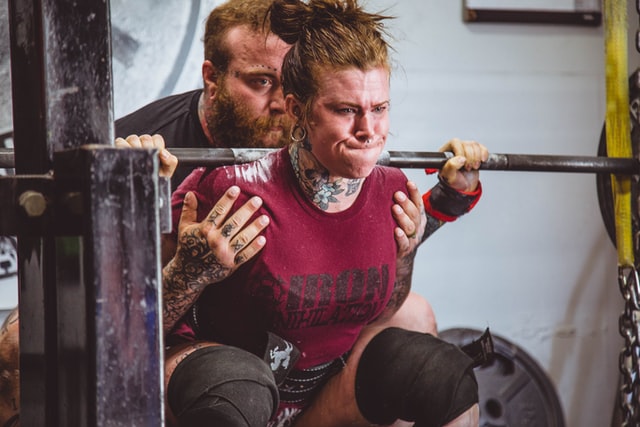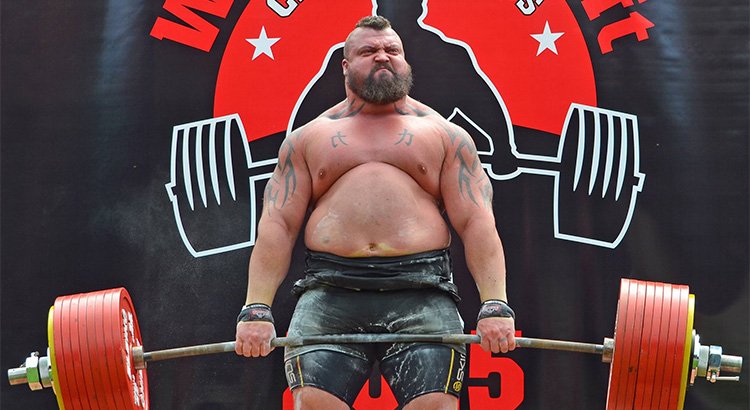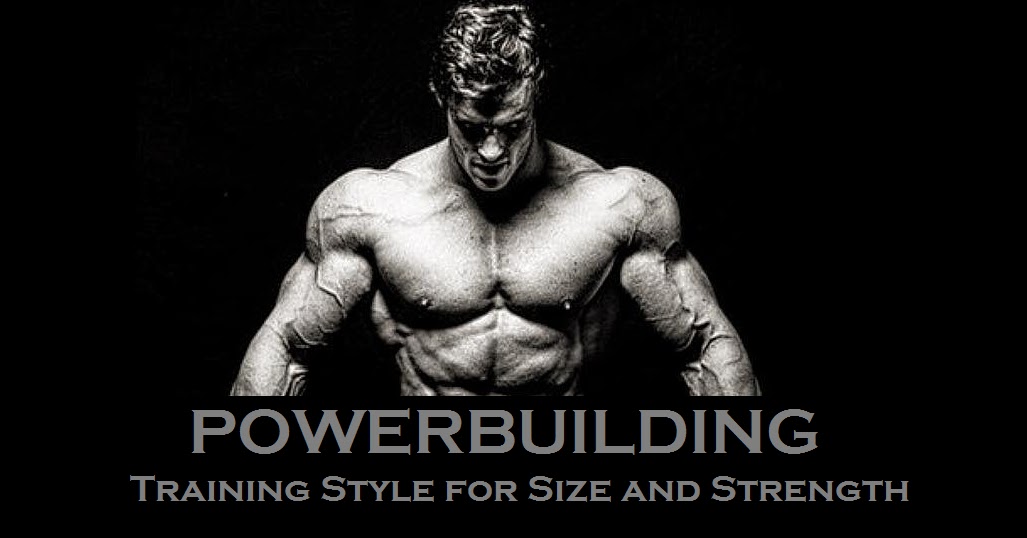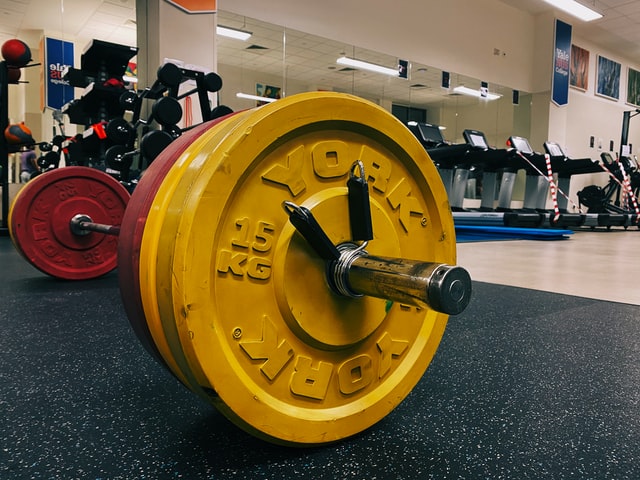If you don’t already know Fitenium is a free, mobile, video-based social network for athletes who train strength or bodyweight exercises. At Fitenium users can follow their performance, compete and get discounts in nutrition and sports equipment stores. Download it here.
Choosing the first routine when you arrive at the gym or when you start training is not easy, but it can impact your future performance and will save you from losing a lot of time, fatigue and even motivation. It is the most important decision when you start.
Next, we will try to shed some light on the most basic question when we first go to the gym: what routine should we do? Do you want to define or create a volume? Do you need to change your routine?
What should you do if you are new to the gym?
The short and quick answer is that if you are new to the gym, the first training program you should do is a basic conditioning program to work and prepare muscles and joints. This general conditioning training program should be basic to the whole body and last 10-12 weeks. After this, you need to weigh the different training programs out there and decide which direction to take.
Published on Unplash by Alora Griffiths
strength routine
The strength routine is based on moving heavy weights and performing several iterations for each set. As a rule, we will work with a load of 75% to 90% of 1 RM (maximum repetition), so we will describe a series made up of 3 to 6 repetitions.
hypertrophy routine
The hypertrophy routine is a routine used to increase muscle mass and consists of 6-12 repetitions, so the weight used is significantly higher than that used in the strength routine. In this case, the load will be in the range of 60-70% of 1RM.
definition routine
In general, the definition routine has more repetitions than a normal routine. In this case, series of 12 to 15 repetitions, even reaching 18 repetitions per series.
As these are series of high repetitions, we must proportionally reduce the weight moved, so in this case the loads will oscillate between 40-60% of our 1RM.
Volume or definition?
If you’re new to the gym, the usual answer is none. If you’re starting your gym workout for the first time, or if you’re starting to train after an extended period of time, it’s a good idea to get into a general conditioning routine. This is usually an adaptation period of at least 8 weeks (2 months). After this period, it’s time to check your form and future goals, so ask yourself when you get there.
Published on Unplash by Krists Šidlovskis
At the end of this adaptation period, which is mandatory for beginners, unless you are overweight or obese where you need to continue losing weight, start with a volume phase to gain muscle mass. Otherwise you can destroy muscle mass in the definition phase and not achieve optimal results.
However, it should be noted that the diet is more important than the routine to follow. Without a proper diet, it is impossible for our routine to work. In addition, energy is lost if it does not receive the adequate quantity and quality of nutrients, we will not achieve our objectives either.
Volume phase: routine + diet
As we have previously commented, for a volume phase, our routine will be made up of series of between six and twelve repetitions (around 60-75% of our 1RM the weight used).
For the volume phase to work, it is necessary to adjust the food and follow a high-calorie diet. Care should be taken not to increase calories too much, especially in those cases that accumulate excess fat. Therefore, it is recommended that the increase in the amount of calories consumed by our diet be 10-15%.
Published on Unplash by Joe Ciciarelli
Definition phase: routine + diet
You have now finished the volume phase and want to run the definition phase. How can you do it correctly?
The first step is to adjust your diet. As with the bulking phase, caloric intake must be coordinated with training. In this case, the same, but in reverse, that is, a hypocaloric diet. To do this, you need to reduce your calorie intake by no more than 10-15%. Otherwise, you will lose a significant amount of energy and your routine will not work properly.
And for the routines, as we’ve seen before, these are routines that have a higher number of repetitions than volume routines. For this type of routine, the series consists of 12 to 15 repetitions. The definition routine uses 40-60% by weight of 1RM.
Do you need to change your training routine frequently?
This is a question whose answer is a bit complicated. First of all you tell yourself that you don’t have to change your routine as usual, because if you do, your body never adapts to the stimulus of doing the routine.
When you start a routine, your body receives external stimuli and tries to adapt to them. This phase of adaptation to the routine usually lasts from 6 to 12 weeks (that is, from a month and a half to three months).
As with most people, if we make routine changes every eight weeks or less, we don’t have enough time for our bodies to adjust to the stimuli they receive from our daily lives. Therefore, it is likely that if we change the routine before 8 weeks, the routine will not have an effect. However, that doesn’t mean you always have to change your routine after that time.
From time to time, simply changing training sessions can give amazing results: higher reps and reduced sets, changes in training intensity, changes in running angle or grip type for a particular exercise… As you experiment, You don’t have to change the whole routine.















